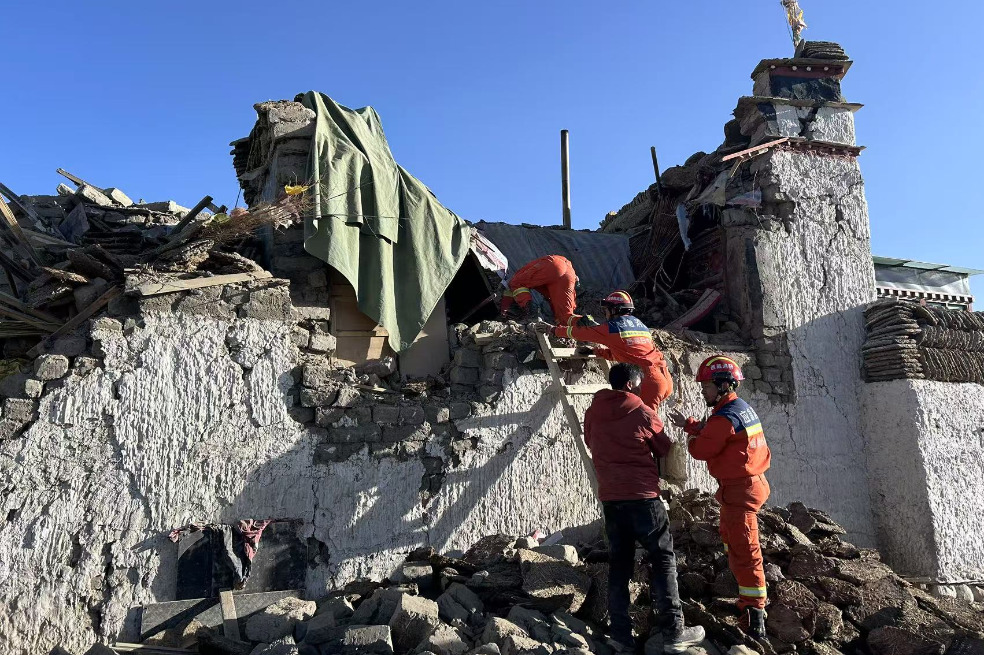Going back to the roots
Foundations of Chinese civilization come into greater focus as exhibition examines key themes, report Li Yingxue and Wu Yong in Shenyang.
By Li Yingxue and Wu Yong in Shenyang | China Daily | Updated: 2024-07-08 05:58

"The two cultures both demonstrated organized social governance and a unified spiritual belief system," Wang says. "They also shared an aesthetic preference for squares and circles, which has had a lasting influence on Chinese architecture, currency and design."
"From Hongshan to Liangzhu, we see the sequential brilliance of Chinese culture across different regions, marking a developmental process of rising and flourishing cultures, even though they did not follow a direct lineage," Gan Chao, chief director of the documentary series, China Before China, said after attending the exhibition.
Wang explains that the exhibition focuses on a significant number of precious artifacts that date from the Chahai Culture to the later periods of the Hongshan, Liangzhu and Songze cultures. Chahai Culture is a Neolithic period culture that originated at the West Liaohe River Basin in northern China 8,000 to 7,500 years ago.
"Notably, exquisite jade artifacts from Hongshan Culture sites like Niuheliang, Dongshangang, and Banlashan are prominently featured in this exhibition, providing visitors a visual feast," Wang says.
One of the highlights is a jade pendant of both a dragon and a phoenix. The top part features a horizontal dragon head, while below it, a phoenix with its beak curved toward the dragon completes the composition.
"This piece is significant as it marks the first archaeological discovery of a combined dragon-phoenix motif on a jade artifact unearthed from Niuheliang Site, making it the earliest and only known 'dragon-phoenix jade pendant' in the country," Wang says.
























